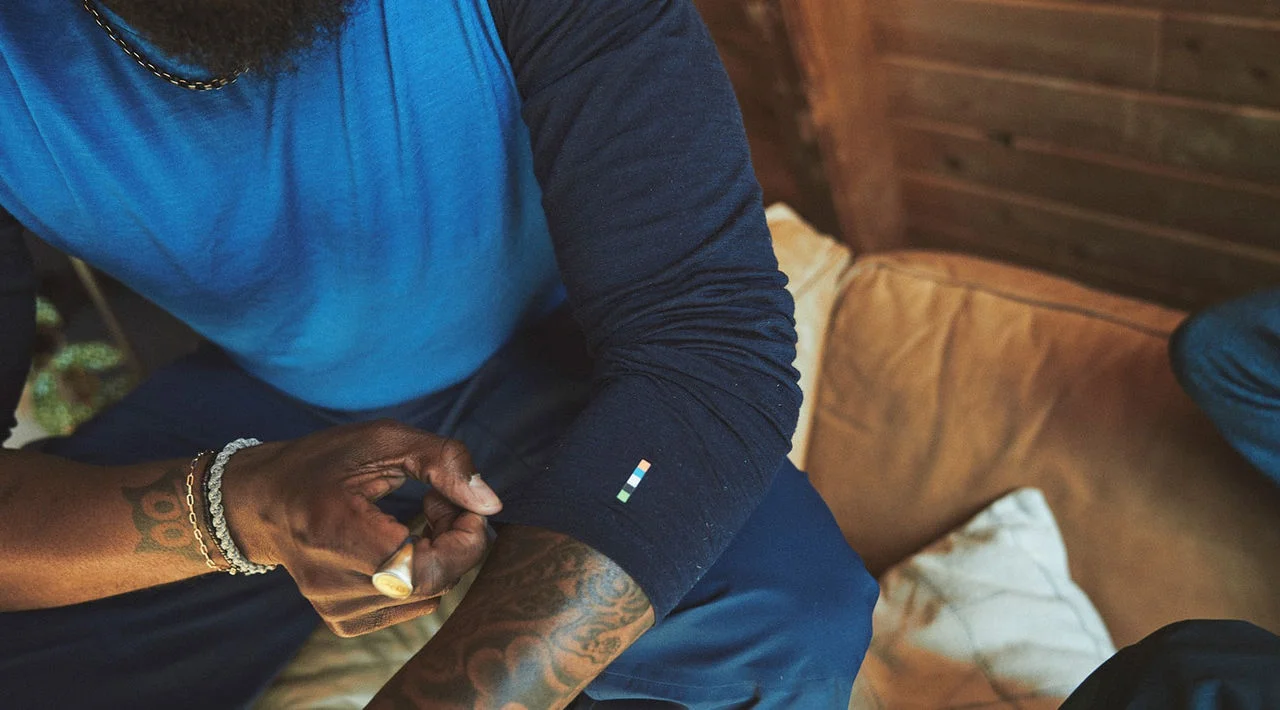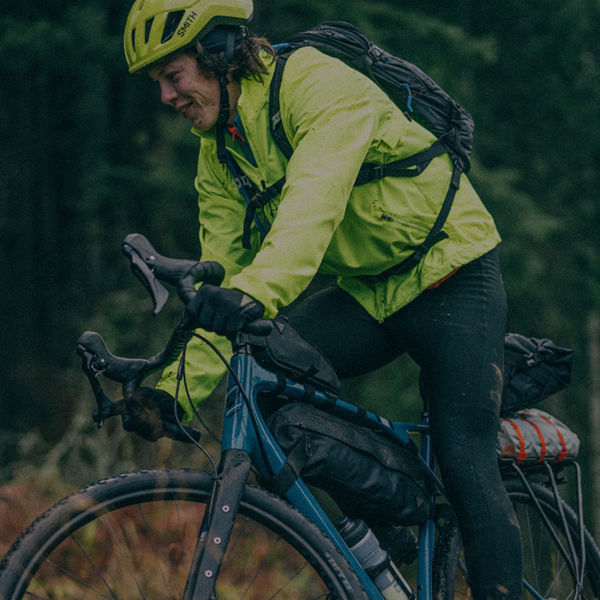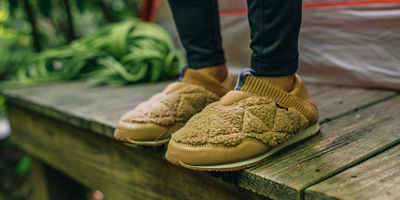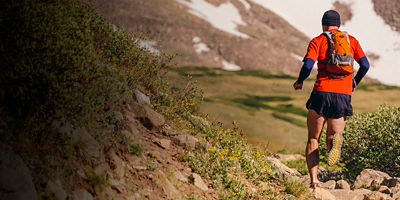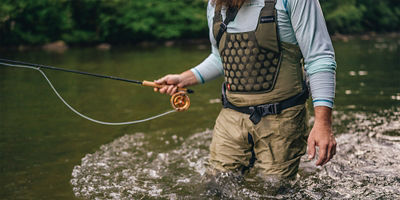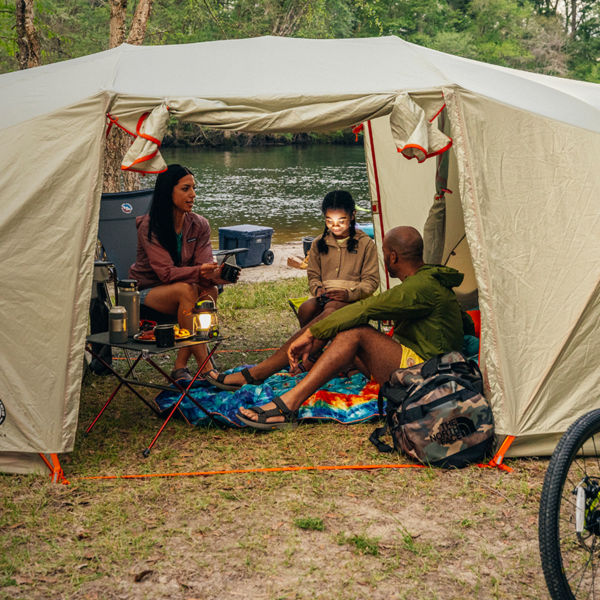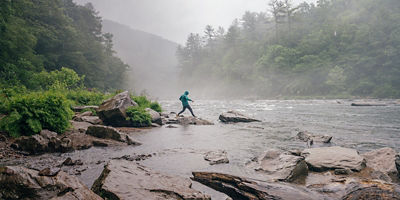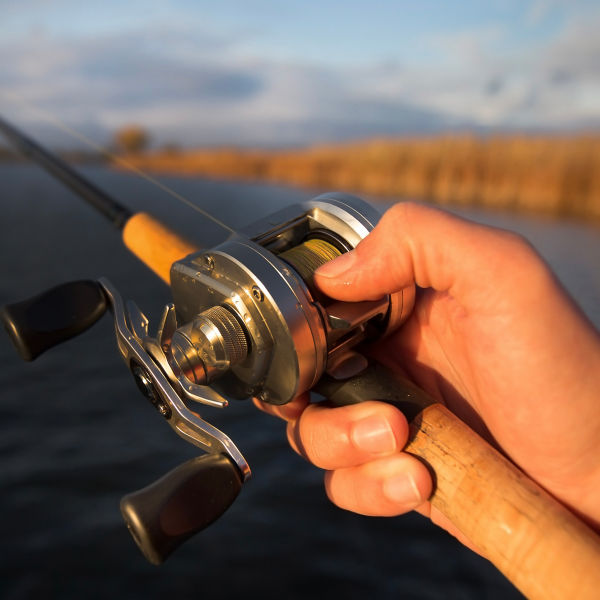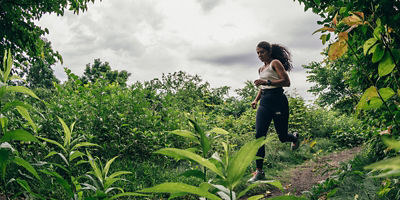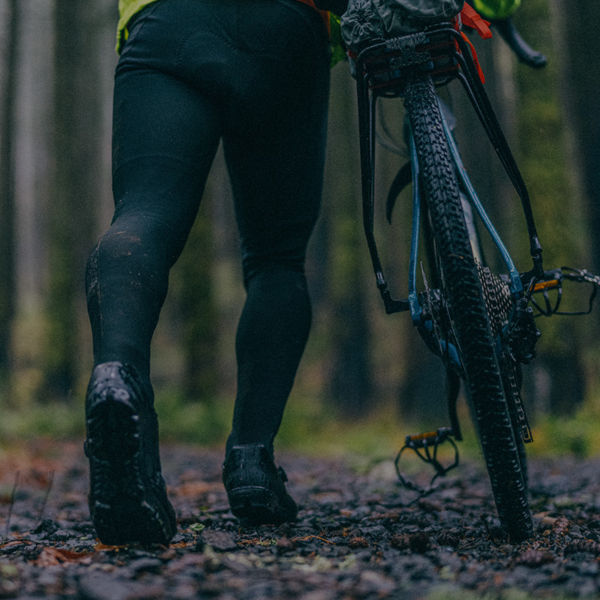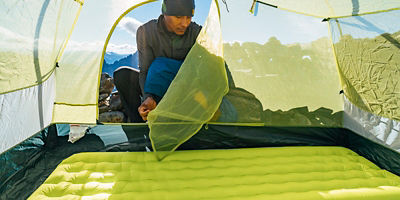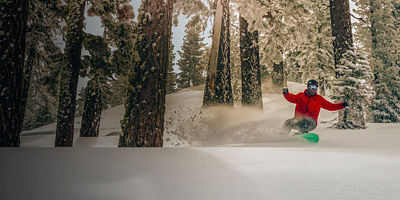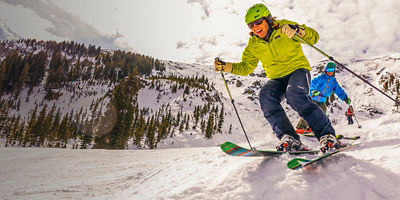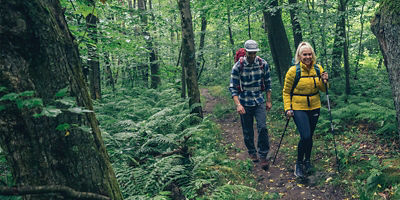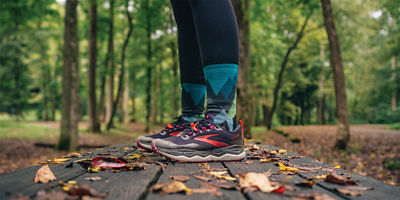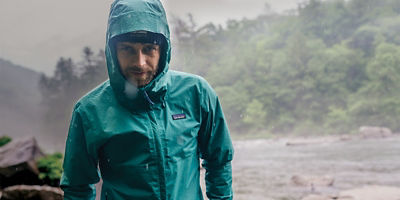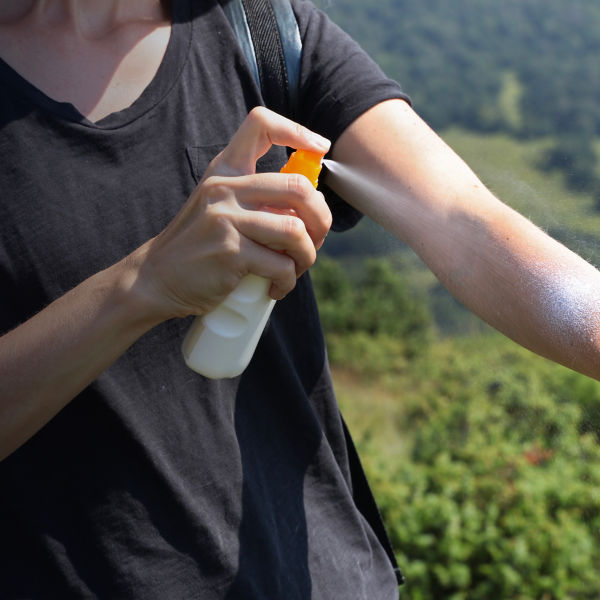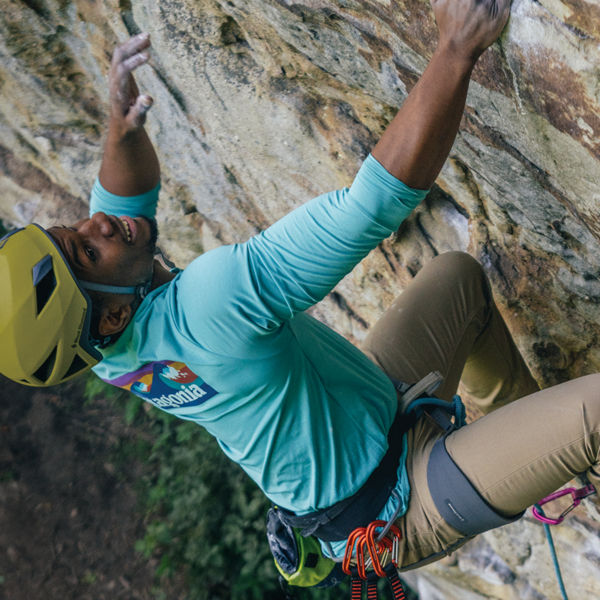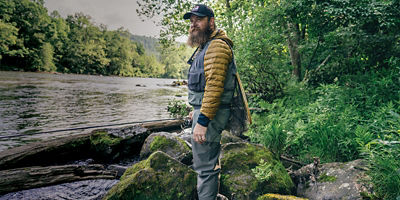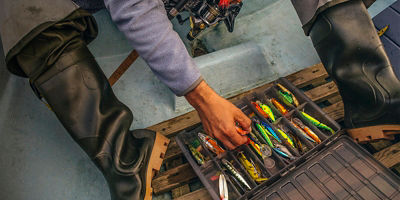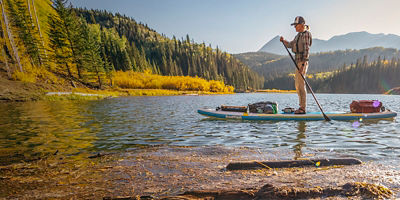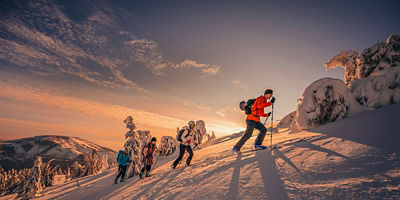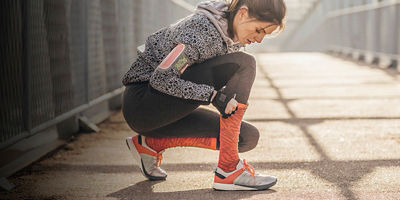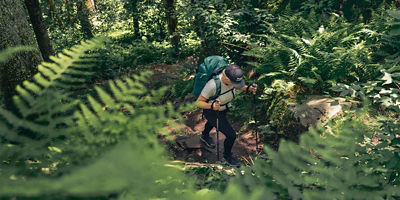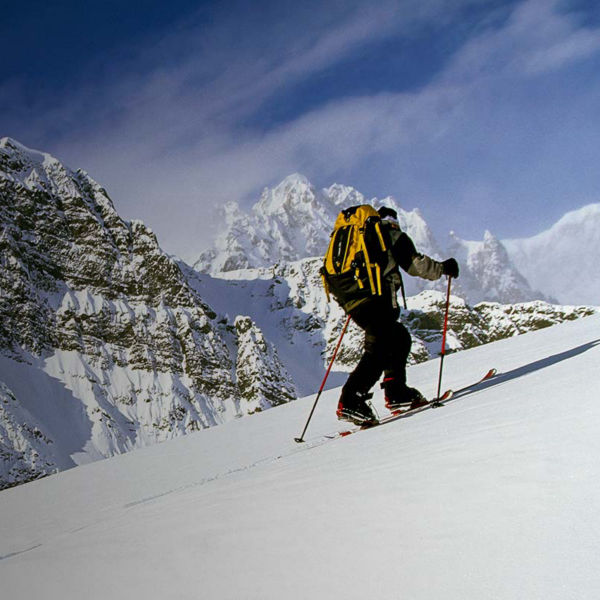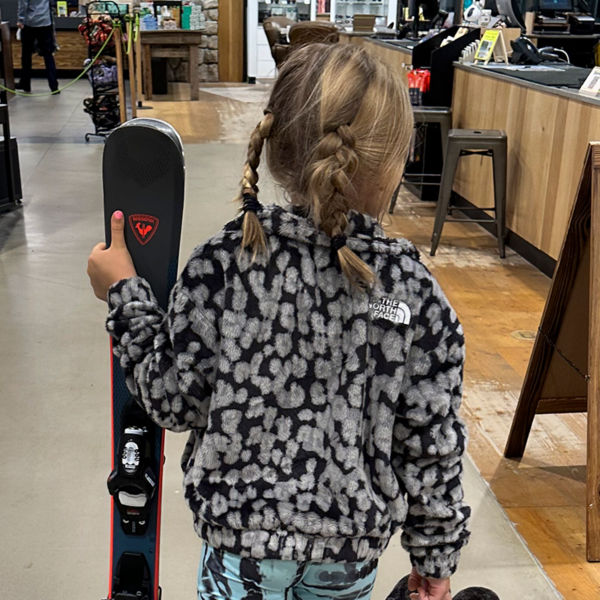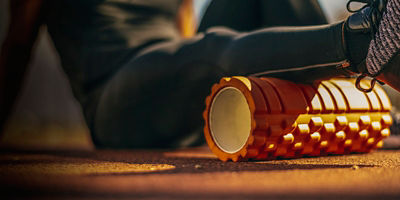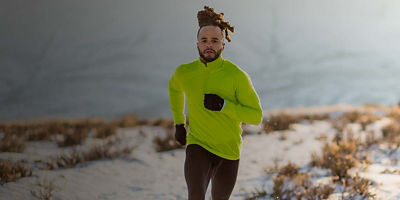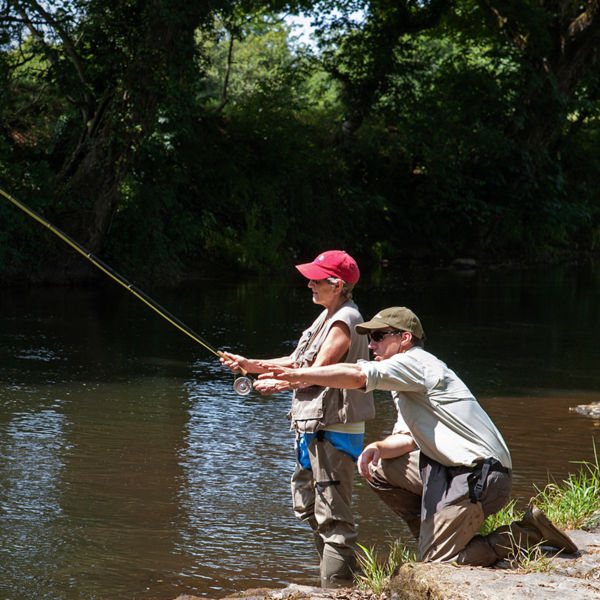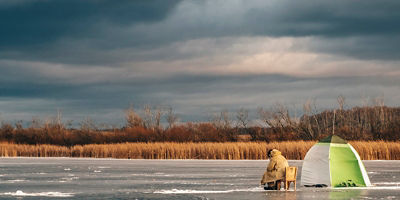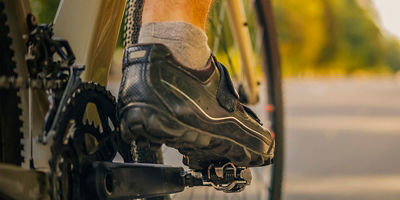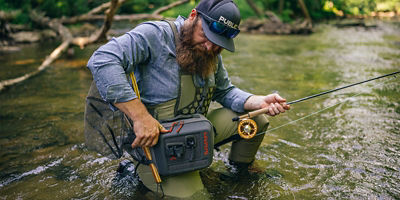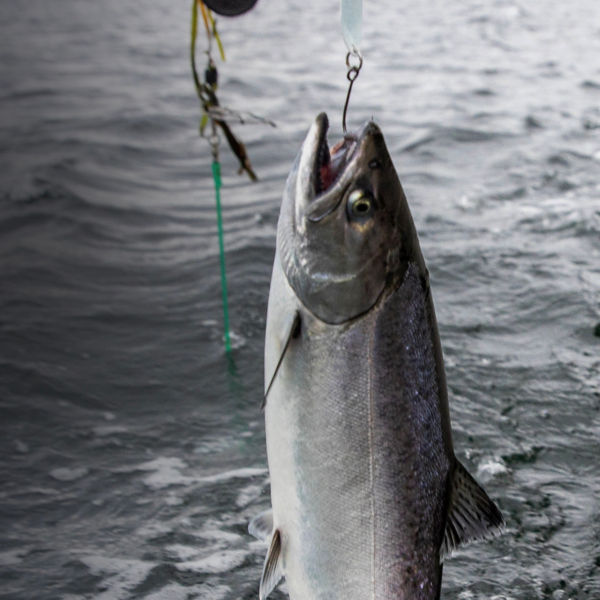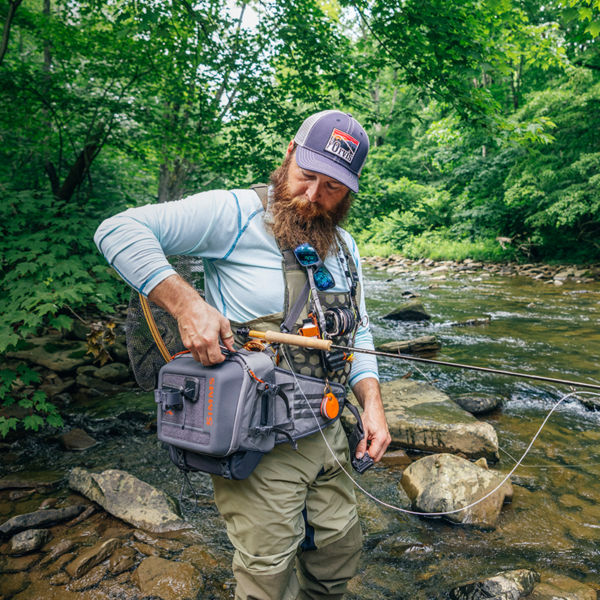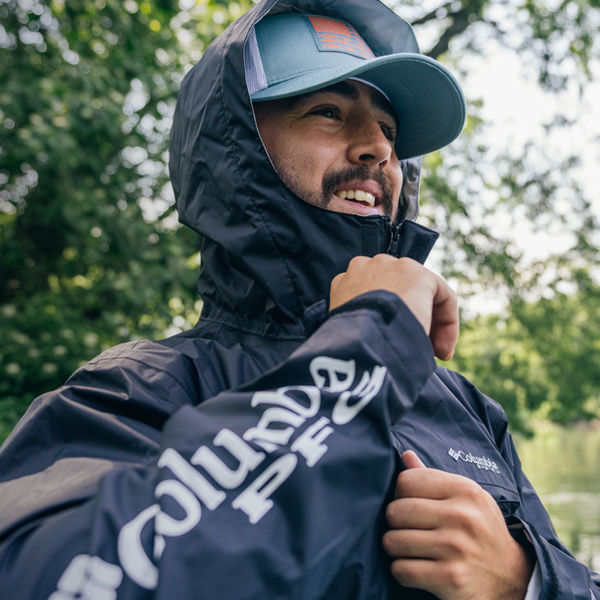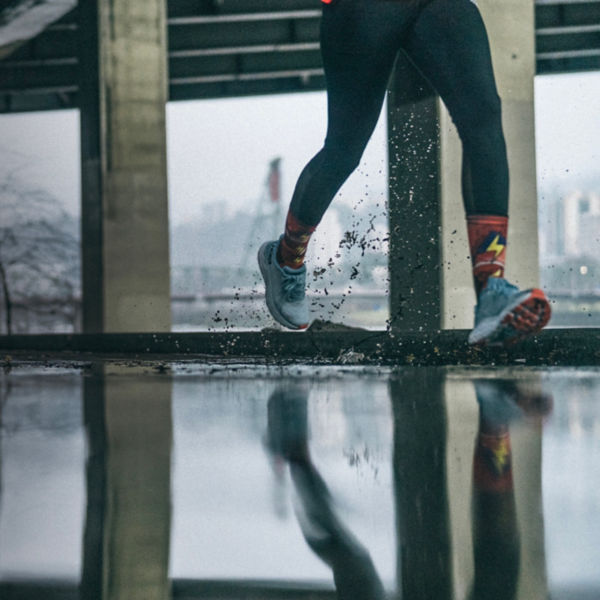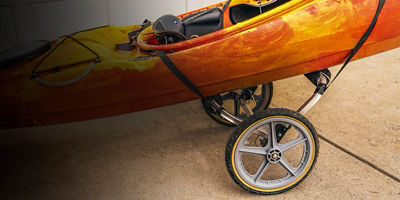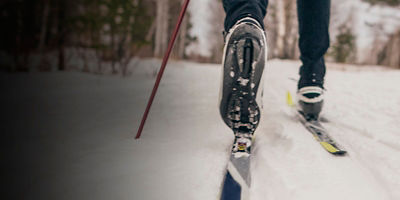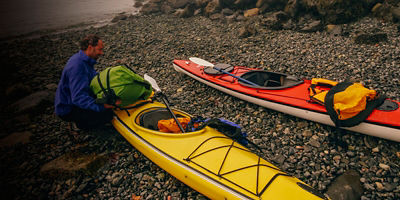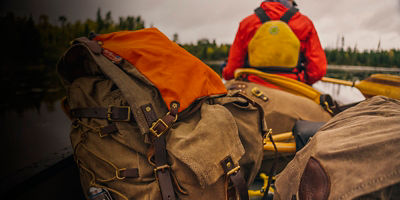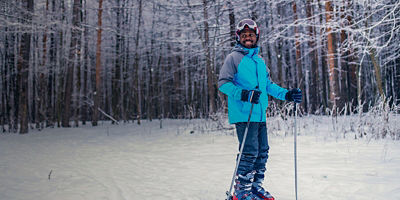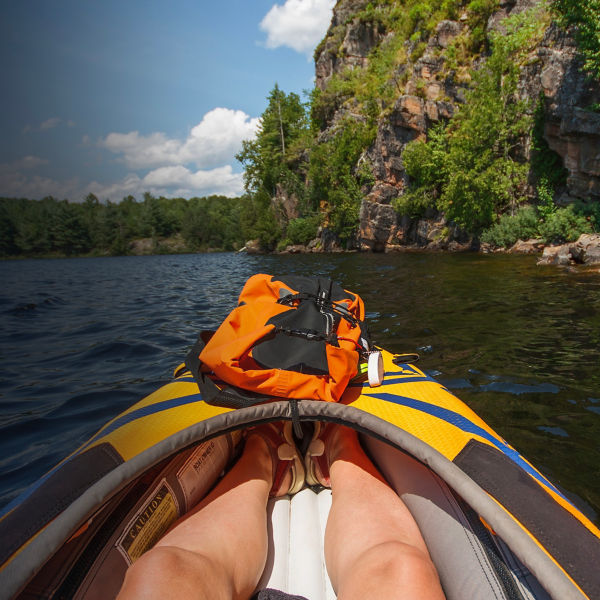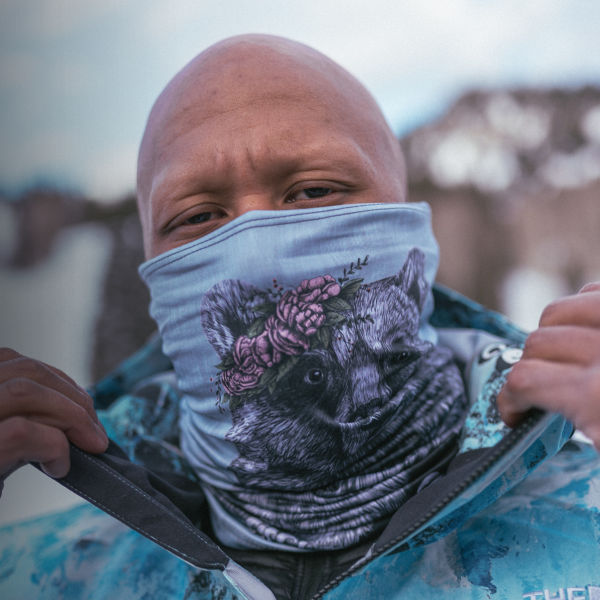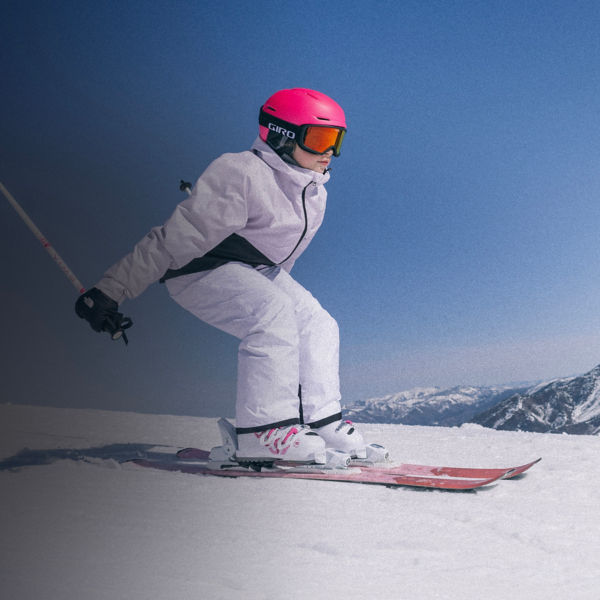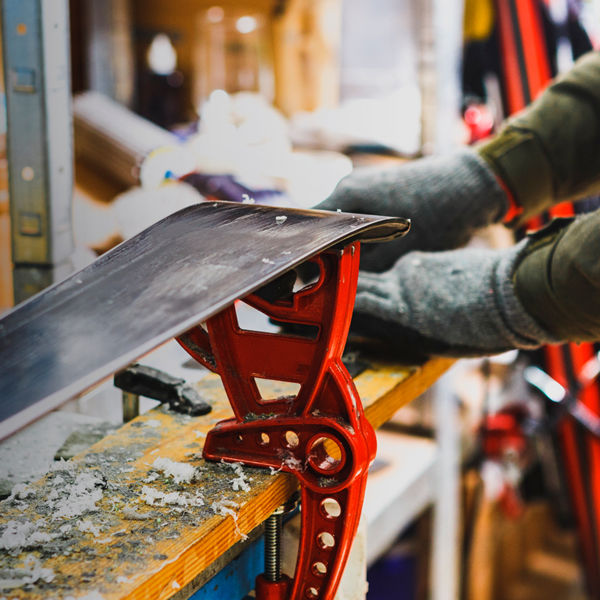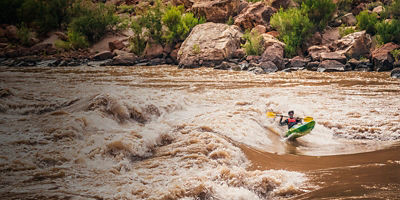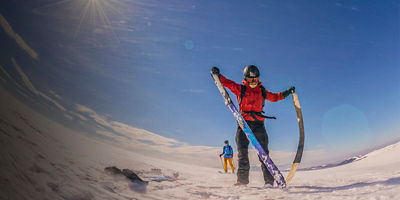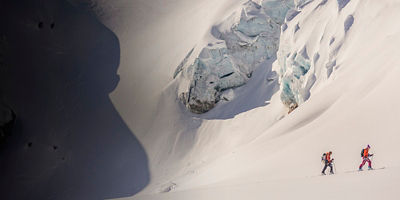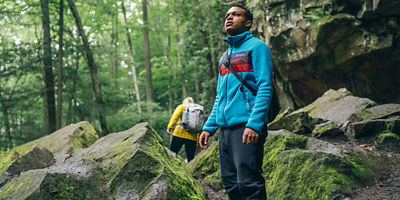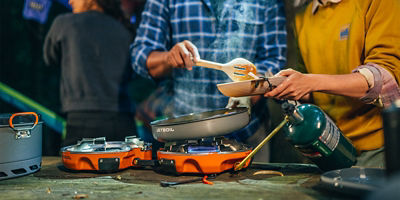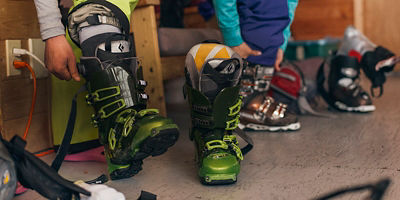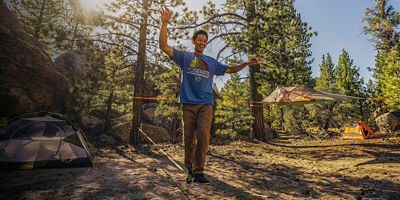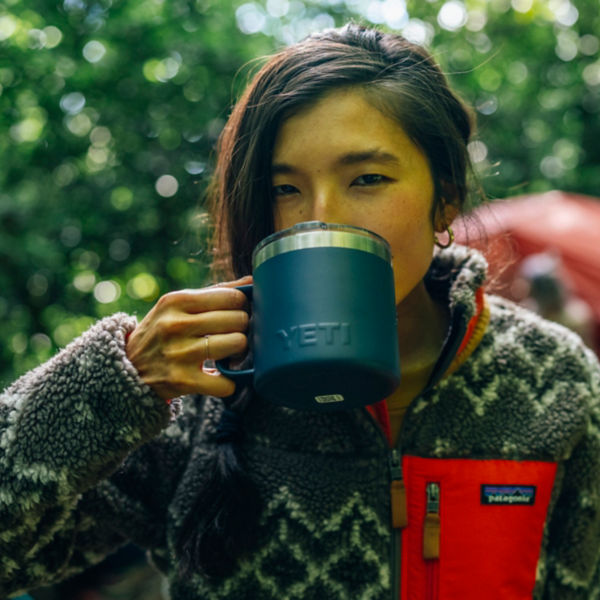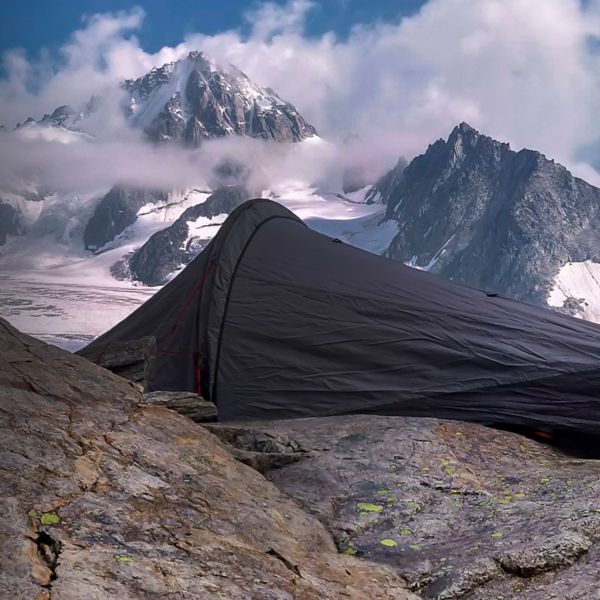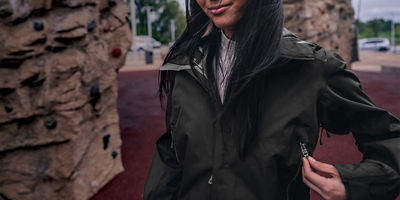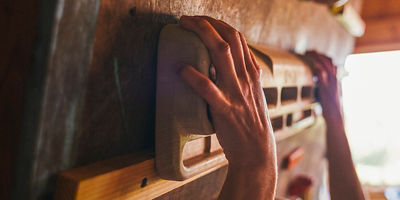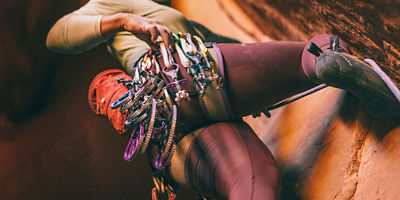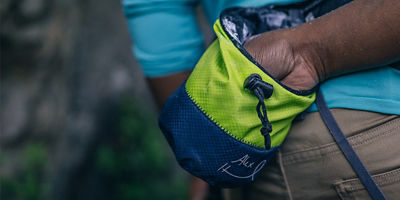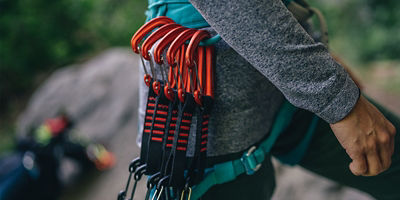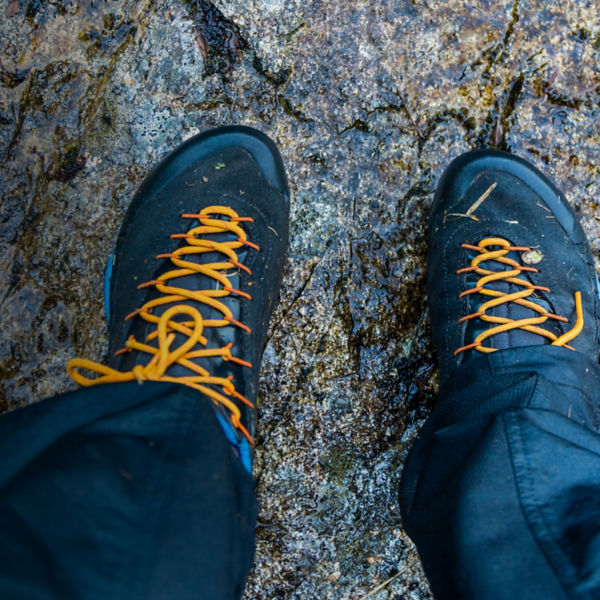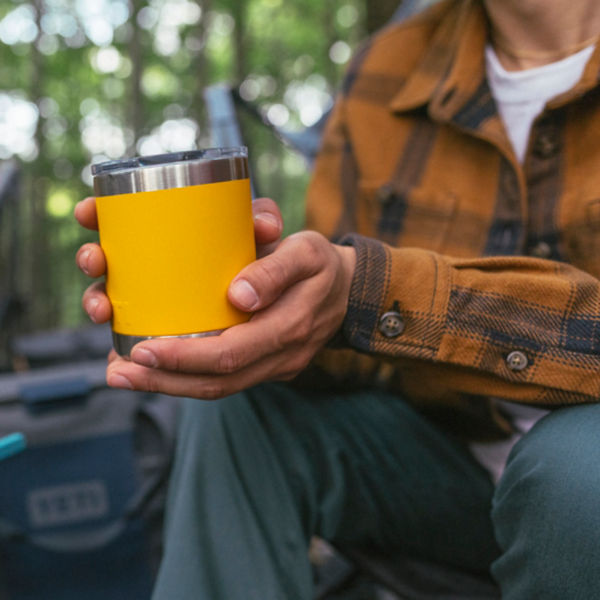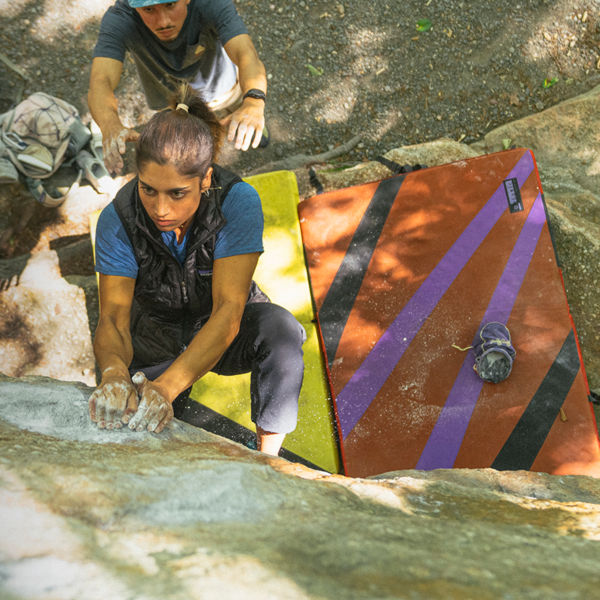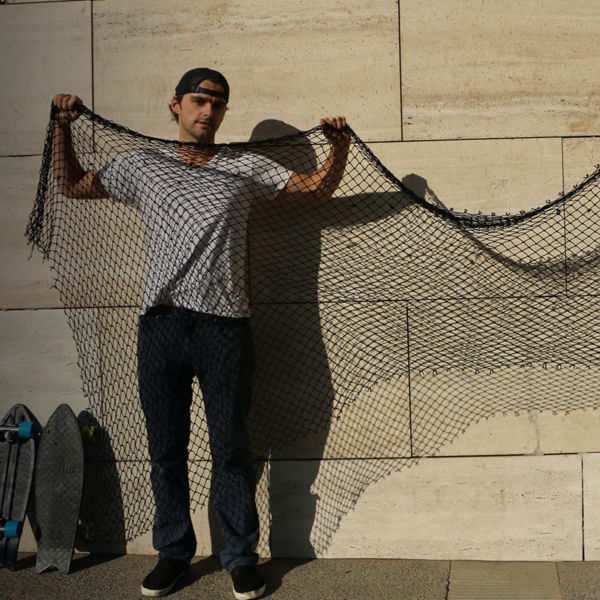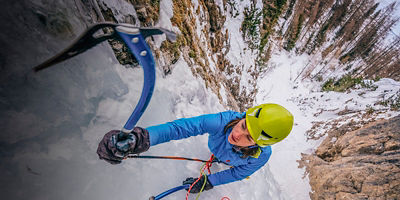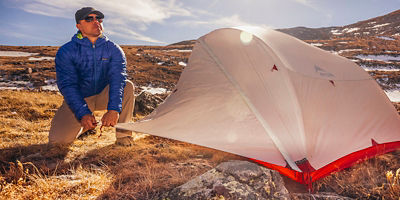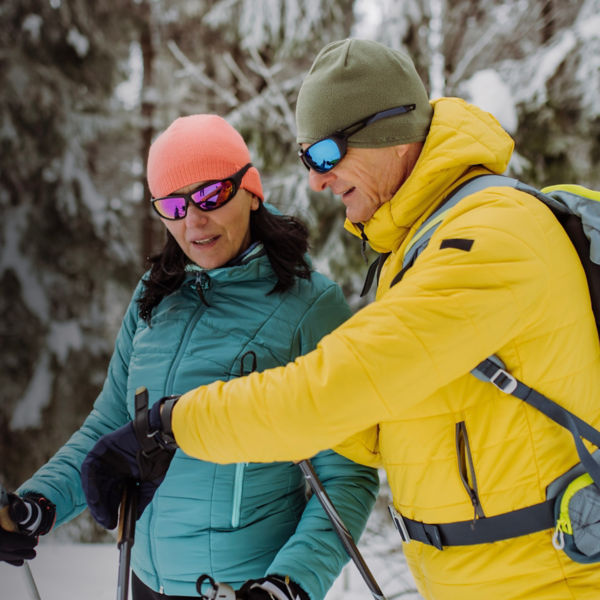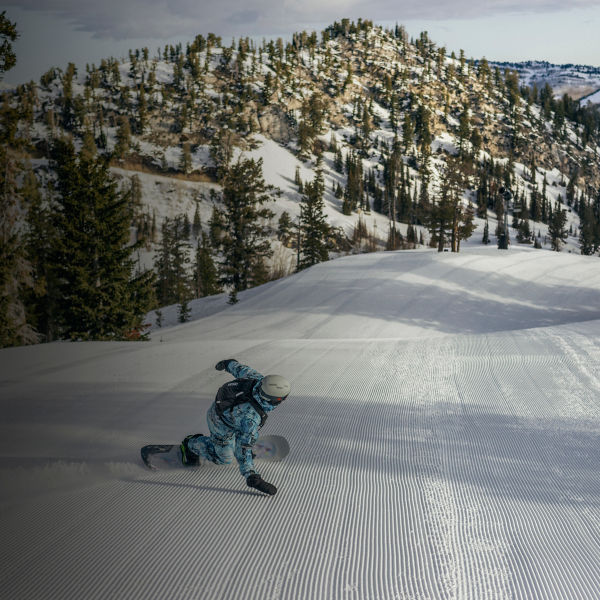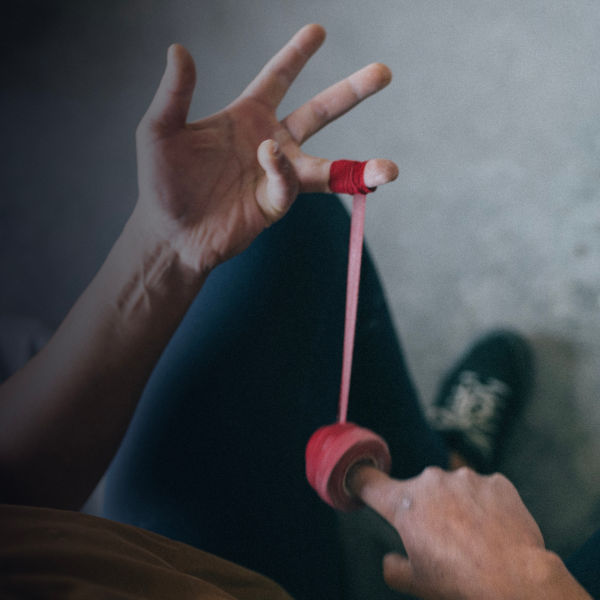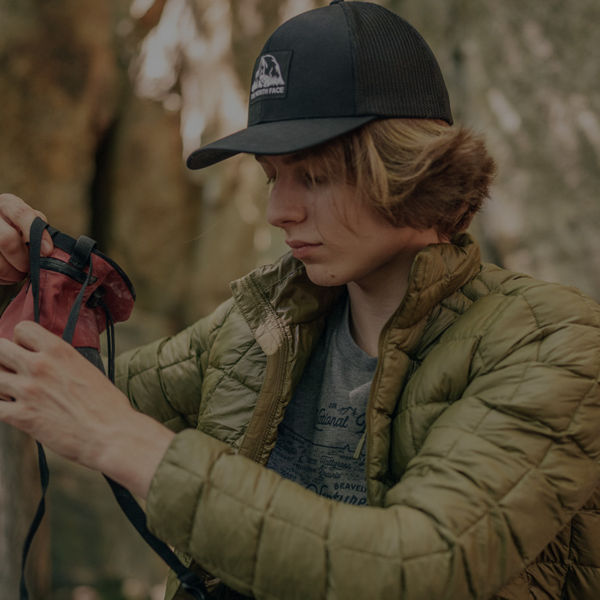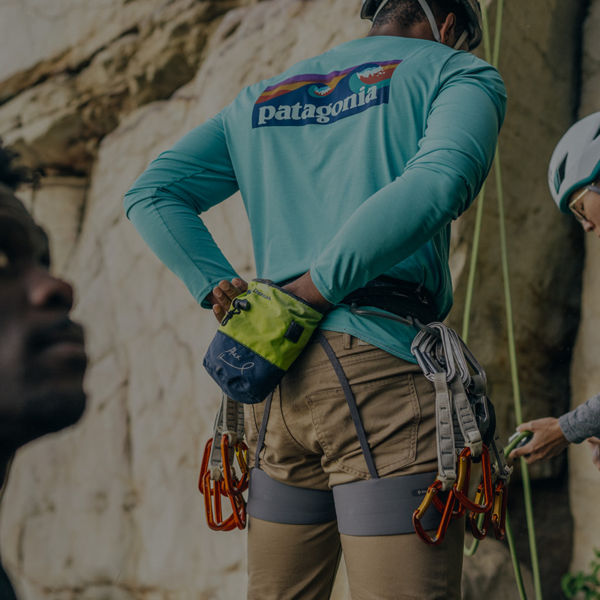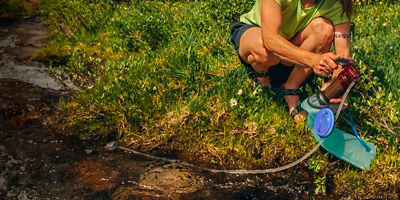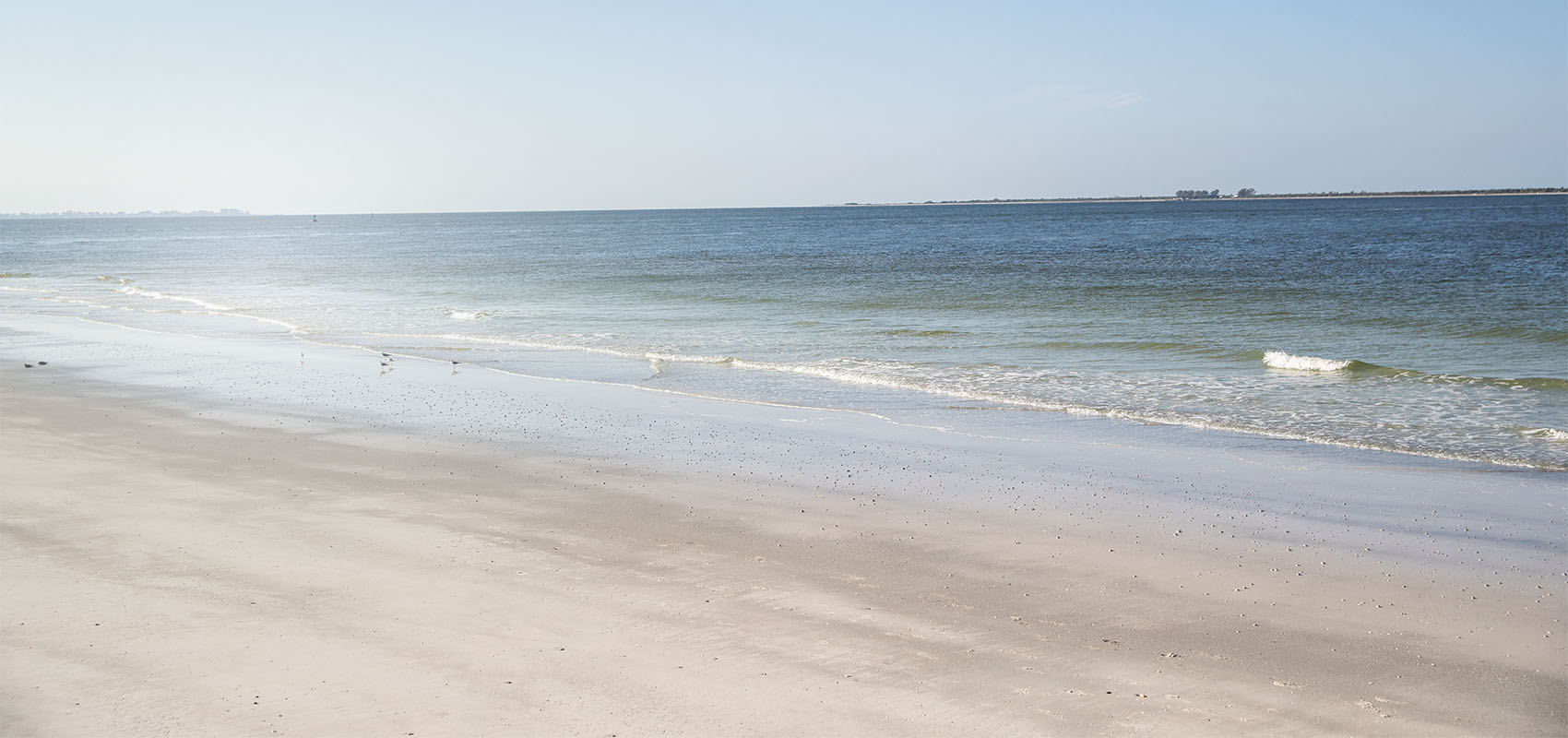
No matter how you prefer to enjoy the outdoors, base layers can help keep you comfortable out there. Choose them wisely, and you’ll stay warm and dry whether you’re cross-country skiing, winter camping, or spending a day on the slopes. Choose poorly, and you might be drenched in sweat or shivering (or both!), no matter what else you’re wearing. Base-layer tops can be worn alone or under a shell or insulated jacket, while bottoms are almost always meant to go under soft-shell or hard-shell winter pants (though some can double as standalone leggings).
Base layers come in a variety of different materials and weights, each best suited to a particular type of winter recreation. Here’s how to choose the best base layers for all your activities.
In this article, you’ll learn:
- The pros and cons of different base layer materials
- How to choose the best base layer thickness
- Other base layer features to consider
BASE LAYERS FAQs
What is moisture-wicking fabric?
Fabrics that are made from wicking materials are designed to take moisture from your body and pass it through their fibers, spreading that moisture out over a larger surface area farther away from your skin. This means you won't get soggy because the fabric can dry faster and stay dry longer.
How many base layers do I need?
Body temperature determines how effective your base layers are, so adjust your base layers based on your level of activity and keep in mind how quickly you tend to get sweaty.
One more tip: You should try to keep your bottom half just as warm as your top half, so use this guide to help achieve full-body comfort.
What are base layers for?
Weather is a huge factor here. You can still sweat even in colder climates, so this is where base layers are key. Lower temperatures can make your regular sweat turn to cold sweat if it doesn't get properly pulled away from your skin, making an already uncomfortable feeling potentially dangerous. Not properly insulating or cooling your body can lead to medical problems like hypothermia, heat stroke or frostbite.
Are base layers the same as thermals?
The short answer: no. Thermals aren't made to fully wick away moisture like a standard base layer, but they are intended to help keep you warm. Base layers aren't necessarily meant to keep you warm, but instead to help keep you dry and properly insulated. Thermals and base layers should not be used interchangeably, because their intended functions are different. Thermal = warm. Base layer = not cold.
BASE LAYER MATERIALS
Generally, base layer materials can be sorted into two camps: natural materials (primarily merino wool, but also plant-based rayon and hemp) and synthetic materials (polyester, nylon, spandex).
To help you get an idea of what’s out there, we’ll start with the actual materials that base layers are made from. Some are better than others depending on your level of activity, but first, let’s get a base layer of understanding on the options you have to choose from.
Wool Base Layers & Other Natural Materials
Let’s get one thing straight: Today’s wool is not itchy. Made from ultrafine fibers sourced from Merino sheep, merino wool is soft and comfortable against the skin, never abrasive. And some of the plant-based natural materials, like bamboo-derived rayon or wood-based lyocell or modal, feel even cushier. Other reasons to love these fabrics: They are breathable and great at moisture management, wicking sweat away quickly. Though wool retains moisture within its fibers, it still feels dry against the skin. Plus, merino wool is naturally antimicrobial, preventing the growth of odor-causing bacteria for an impressively long time.
On the downside, merino wool is not as durable as synthetic fabrics and often pills with abrasion (like under pack straps). It is slow to fully dry and tends to be the most expensive option.
Worth noting: Some wool production has been associated with mistreatment of the sheep that grow it. In response, some brands have developed standards for their suppliers to ensure the humane treatment of sheep and systems to trace their wool back to the ranches for accountability.
Synthetic Base Layers
Typical synthetic fabric is made from polyester or nylon, often with a bit of spandex added for stretch. These fibers excel at wicking and drying quickly. They’re more durable than natural fibers and usually cost less. But! They’re notorious for getting stinky fast (some have anti-odor treatments, which can help). Synthetic fabrics are also derived from petroleum, but more brands are using recycled fibers to reduce the environmental impact of their layers.
Blends & Combinations
Some base layers use both natural and synthetic fibers to take advantage of the best qualities of each. One common construction sandwiches a synthetic layer to a wool layer—one on the inside, one on the outside—to deliver fast wicking with odor control. Another wraps a wool fiber around a nylon core for added durability.
Silk Base Layers
Silk is less frequently used than wool or synthetic materials, but it has some solid benefits. It’s super soft, which is great for sensitive skin. It wicks moisture well and is lightweight and thin, but it may require more washing. If you’re wearing tight clothing, silk is a great option for underneath because it likely won’t be as visible as other thicker fabrics.
Bamboo Base Layers
Bamboo as a base layer is a fairly new option and not super common, but it’s worth mentioning. Fabric from bamboo is made with bamboo extracts blended with other fabrics to enhance the fit and soften rougher materials (like wool). It is also antibacterial and moisture wicking, and tends to be friendly to sensitive skin.
Pro Tip: Stay away from cotton. It’s not great at getting rid of moisture, and there are plenty of other options designed for durability, comfort and warmth.
